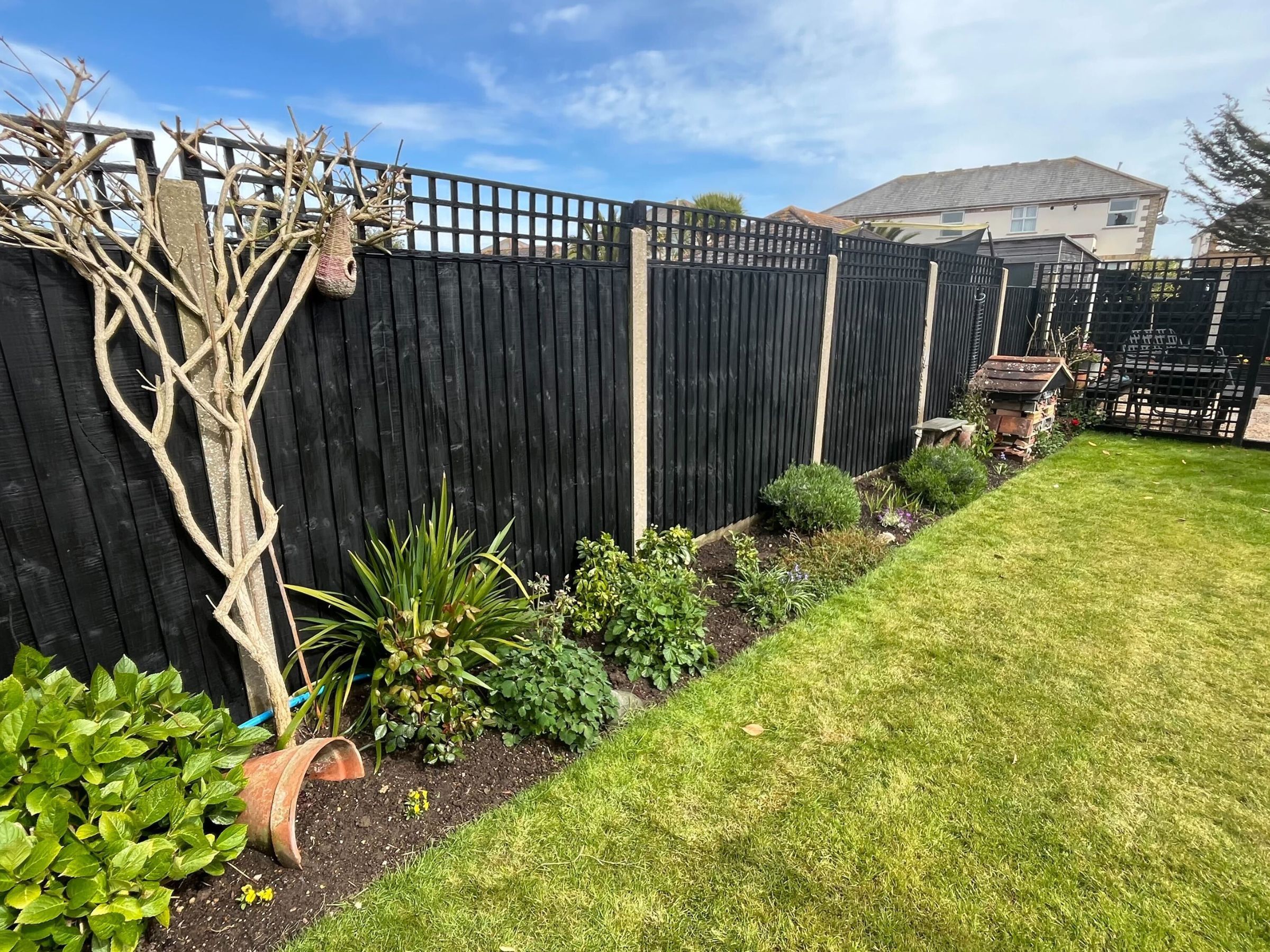Gardens are special places. They bring beauty, peace, and fresh air. But to keep a garden nice, you need to set boundaries. Boundaries help protect your plants. They also make your garden look good. In this article, we will talk about how to set garden boundaries. We will explain why boundaries matter. Then, we will share easy ways to make your garden neat and safe.
Why Set Garden Boundaries?
Setting boundaries is important for many reasons. Here are some of them:
- Protect plants: Boundaries keep animals and people away.
- Keep soil in place: Boundaries stop soil from washing away.
- Define space: Boundaries show where the garden begins and ends.
- Make garden look nice: Neat edges make the garden tidy.
- Help with maintenance: Easier to mow, weed, and water.
Types of Garden Boundaries
You can choose many ways to set garden boundaries. Each way has good points. Some are simple. Others need more work or money. Here are common types of garden boundaries:
| Boundary Type | Description | Best For |
|---|---|---|
| Wooden Edging | Wood boards or logs placed around garden edges. | Small to medium gardens. Natural look. |
| Stone or Brick Borders | Stones or bricks lined up to form a border. | Formal gardens or areas with heavy rain. |
| Metal Edging | Thin metal strips set into the soil. | Modern gardens. Clean, sharp lines. |
| Plastic Edging | Flexible plastic strips used as a border. | Budget-friendly option. Easy to install. |
| Living Borders | Plants or shrubs used as natural fences. | Large gardens. Wildlife-friendly. |
| Fences | Wood, metal, or vinyl fences around garden. | Protection from animals and people. |

Credit: nsfencingandlandscaping.com
How to Choose the Right Boundary
Choosing a boundary depends on many things. Think about these points before picking:
- Garden size: Small gardens need smaller boundaries.
- Budget: Some boundaries cost more than others.
- Garden style: Match the boundary to your garden’s look.
- Purpose: Is it for protection or decoration?
- Climate: Some materials last better in wet or dry weather.
Step-by-Step Guide to Setting Garden Boundaries
Setting boundaries is not hard. Follow these steps for good results.
Step 1: Plan Your Garden Edge
Walk around your garden. Decide where you want boundaries. Use a rope or string to mark the line. This helps you see the shape.
Step 2: Clear The Area
Remove grass, weeds, or stones from the edge line. This makes space for the boundary. Use a spade or garden fork.
Step 3: Choose Your Materials
Pick the type of boundary you want. Buy the needed materials. For example, wood boards or stones.
Step 4: Install The Boundary
Put the materials along the marked line. For wood or bricks, place them firmly in the ground. For metal or plastic, push them into the soil carefully.
Step 5: Secure And Fill
Make sure the boundary is stable. Add soil or sand to hold it in place. Press down the soil well.
Step 6: Finish And Clean Up
Remove leftover soil or debris. Water the garden if needed. Enjoy your new neat garden edges!
Tips for Maintaining Garden Boundaries
Good boundaries need care. Here are some easy tips:
- Check boundaries often for damage.
- Replace broken wood or stones quickly.
- Keep plants trimmed if using living borders.
- Remove weeds near edges regularly.
- Paint or treat wooden boundaries to stop rot.
Creative Ideas for Garden Boundaries
Want to make your garden special? Try these ideas:
- Use colorful stones: Bright stones add fun colors.
- Plant herbs: Herbs like lavender make nice borders.
- Make a fairy garden: Small fences with tiny decorations.
- Use recycled materials: Old bottles or cans as borders.
- Add lights: Solar lights along boundaries for night glow.
Common Mistakes to Avoid
Setting garden boundaries can go wrong. Avoid these mistakes:
- Not measuring the area before buying materials.
- Choosing materials that don’t match the garden style.
- Ignoring soil type, which affects boundary stability.
- Setting boundaries too high or low.
- Not checking local rules about fences or borders.

Credit: www.pavingdirect.com
Benefits of Well-Set Garden Boundaries
Good garden boundaries bring many benefits:
- Protect plants from animals and damage.
- Keep soil and mulch in place.
- Make the garden look organized.
- Help separate different garden areas.
- Make garden work easier and faster.
Frequently Asked Questions
What Are Garden Boundaries?
Garden boundaries define the limits of your garden. They separate it from other areas.
Why Set Boundaries In A Garden?
Boundaries provide structure and organization. They help manage space and design.
What Materials Are Best For Garden Boundaries?
Wood, metal, and stone are popular. They offer durability and visual appeal.
How Can I Make Garden Boundaries Attractive?
Use colorful plants or artistic fences. Add decorative elements for charm.
Conclusion
Setting garden boundaries is simple and useful. Boundaries protect your plants and make your garden neat. Choose the right type for your space and style. Follow easy steps to install boundaries well. Take care of boundaries to keep them strong. Use your creativity to add beauty. A garden with good boundaries is a happy garden. Start today and enjoy your garden more!
5 min read

